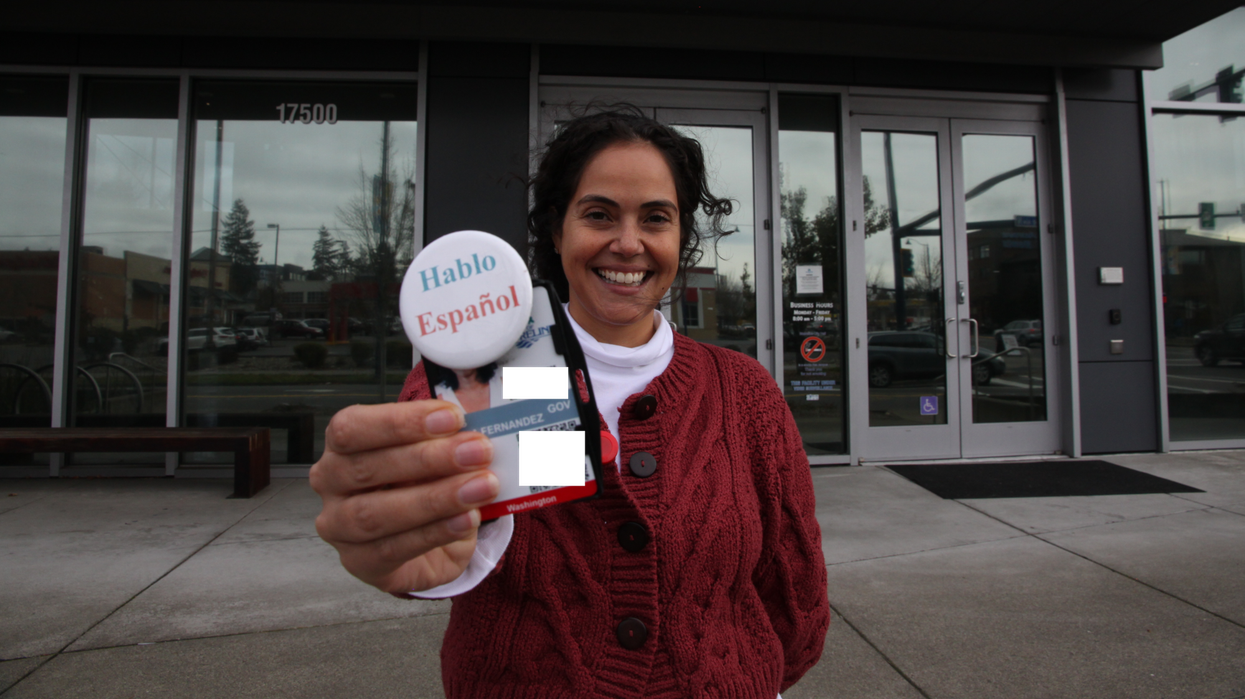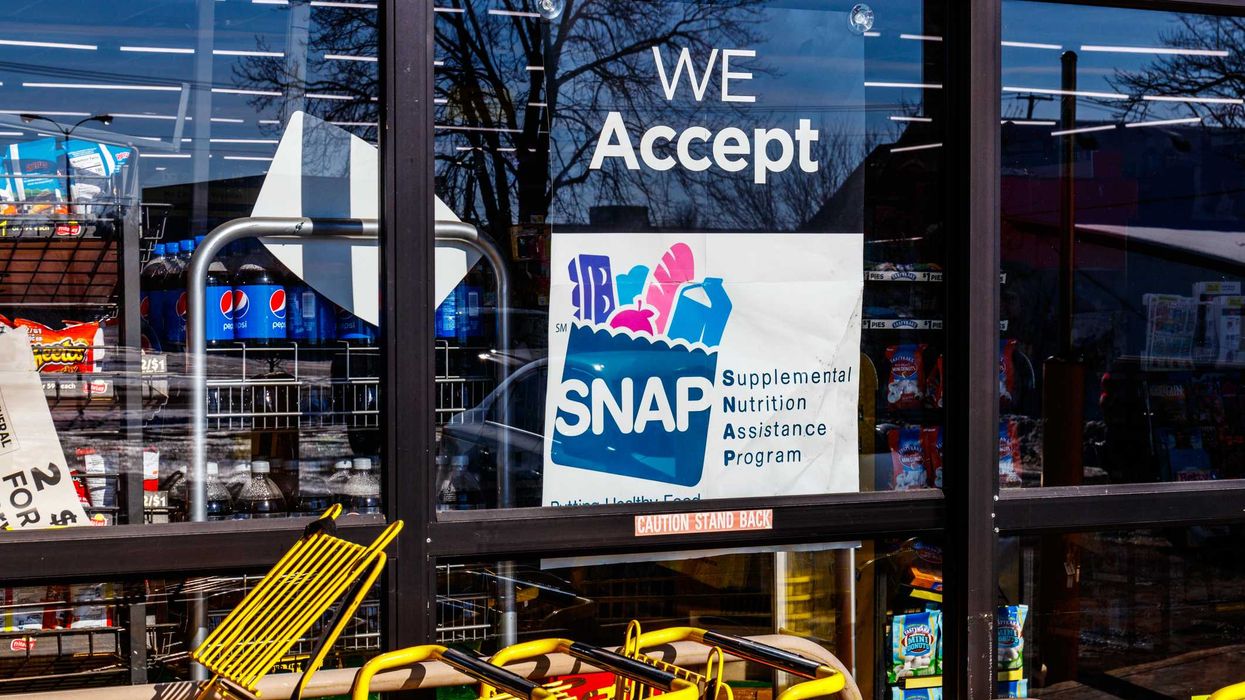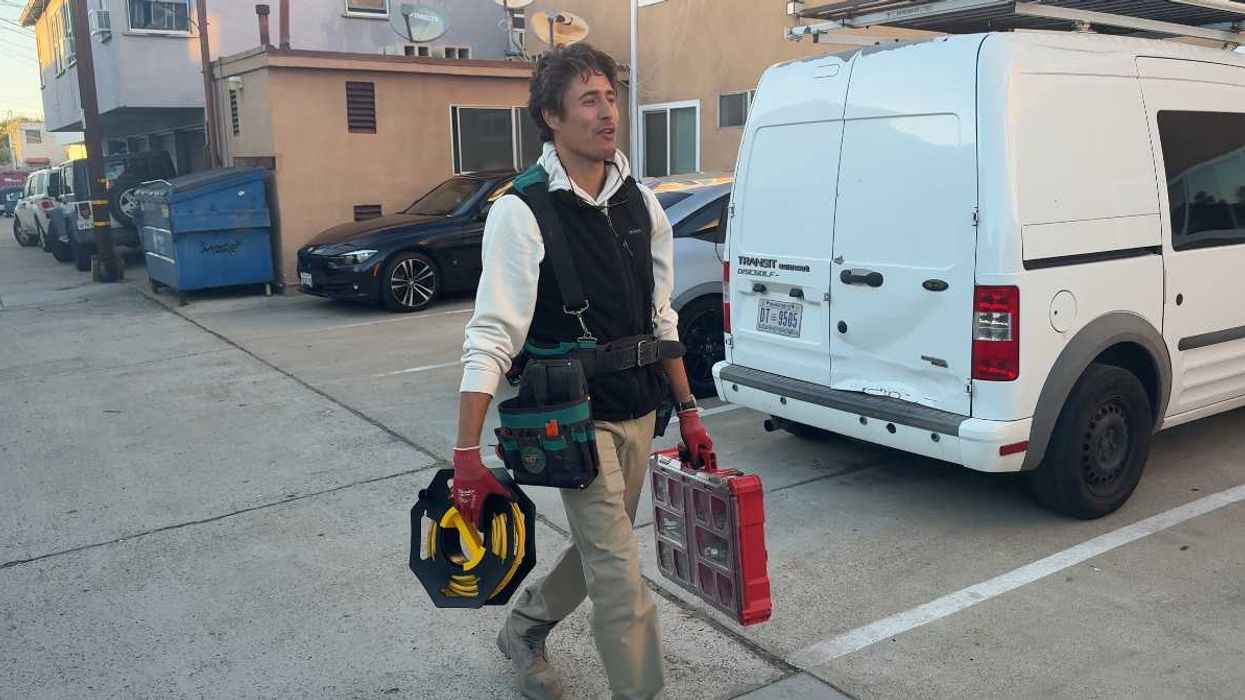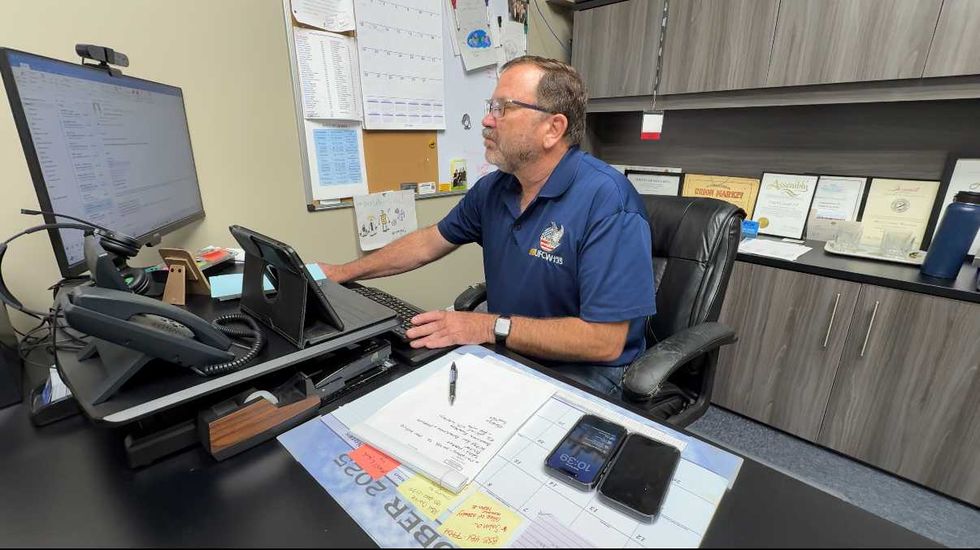The financial markets have a way of reminding us that complacency is a luxury we cannot afford. On October 16, the three major U.S. stock indexes all closed lower, with the Dow Jones Industrial Average dropping 0.7 percent, the S&P 500 falling 0.6 percent, and the Nasdaq Composite declining 0.5 percent. This downturn came amid growing unease over loan problems at regional banks, compounded by lingering trade tensions that have already strained investor sentiment. The VIX index, often called Wall Street's fear gauge, surged to close at 25.31, its highest level since April 24. That spike in volatility reflects a deeper anxiety: the possibility that isolated credit issues are symptoms of broader weaknesses in the banking system.
Consider Zions Bancorporation, a regional lender whose shares plunged 13 percent that day after it disclosed unexpected losses on two loans in its California division. The bank announced a $50 million charge-off tied to alleged fraud by a borrower, prompting it to set aside an additional $60 million provision for credit losses. Western Alliance Bancorp faced similar scrutiny, with its stock dropping more than 10 percent after revealing fraud in one of its loans. These revelations sent ripples through the sector, dragging down the SPDR S&P Regional Banking ETF by over 6 percent and affecting even larger players like Jefferies Financial Group, whose shares fell 9 percent. Alternative asset managers, including Blue Owl Capital and Ares Management, also saw declines as investors questioned the health of private credit portfolios.
This turmoil did not emerge in a vacuum. Just days earlier, on October 15, JPMorgan Chase CEO Jamie Dimon invoked a vivid metaphor during an earnings call, likening recent credit market setbacks to cockroaches: when you see one, there are probably more hiding nearby. Dimon was referring to JPMorgan's $170 million loss from exposure to Tricolor Holdings, a bankrupt auto lender, but his warning extended to the opaque world of private credit. The collapse of Tricolor, along with First Brands Group's bankruptcy in late September, has heightened scrutiny of lending practices in this $3 trillion market. Prosecutors are investigating First Brands amid concerns over questionable loans, and banks like UBS have reported hundreds of millions in potential exposure.
Regional banks are particularly vulnerable. They hold a disproportionate share of commercial real estate loans, which make up about 44 percent of their portfolios compared to just 13 percent for larger institutions. With over $1 trillion in such loans maturing by the end of 2025, and delinquency rates for office properties climbing to 10.4 percent, the risks are mounting. High interest rates, still elevated despite the Federal Reserve's September quarter-point cut, exacerbate the problem by making refinancing more expensive and squeezing borrowers. Add in remote work trends that have depressed office values, and you have a recipe for more defaults and foreclosures.
These credit cracks come at a precarious time for the broader economy. The International Monetary Fund projects U.S. growth at 2.0 percent for 2025, a slight upgrade from earlier forecasts, but warns of downside risks from renewed trade tensions. President Trump's threats of 100 percent tariffs on additional Chinese imports, in response to Beijing's restrictions on rare earth exports, could push inflation higher as costs pass through to consumers. The IMF estimates that escalated tariffs and supply chain disruptions might shave 0.3 percentage points off global output next year. Federal Reserve Governor Stephen Miran has called for more aggressive rate cuts - another 1.25 percentage points - to buffer against these shocks, arguing that restrictive policy leaves the economy exposed.
Yet the human costs of these financial tremors often go overlooked. When banks tighten lending standards amid rising provisions, small businesses and minority-owned enterprises, which rely heavily on regional lenders, face reduced access to capital. This can stifle job creation and widen inequality, hitting communities already strained by inflation and high borrowing costs. The 2023 banking crisis, triggered by Silicon Valley Bank's collapse, showed how quickly such issues can spiral, eroding confidence and prompting runs on deposits. Today, with CRE exposure still a flashpoint, regulators must act decisively to enforce stricter underwriting and transparency in private credit.
Dimon's cockroach analogy is apt not just for its imagery but for what it implies: problems fester in the dark. The private credit boom, fueled by low rates and deregulation, has created an opaque ecosystem where risks accumulate unchecked. As interest rates reset higher and trade wars simmer, these vulnerabilities could trigger a wider contagion. Investors fled to safe havens like gold, which surged above $4,300 an ounce on October 16, signaling deep unease.
Policymakers have tools to mitigate this. Clearer trade agreements could boost global output by 0.4 percentage points in the near term, according to the IMF. Returning to pre-2025 tariff levels would add even more. Meanwhile, the Fed should heed calls for swifter easing to support growth without reigniting inflation. But beyond monetary tweaks, we need structural reforms: better oversight of shadow banking, incentives for diversified lending, and protections for borrowers caught in the crossfire.
The market's reaction on October 16 is a warning shot. If unheeded, those cockroaches could multiply, turning isolated losses into systemic pain. For an economy that has shown resilience - with consumer spending and business investment holding firm - this moment demands vigilance. Ordinary Americans, from entrepreneurs to homeowners, cannot afford another credit crunch. It's time to turn on the lights and address the infestations before they spread.
Imran Khalid is a physician, geostrategic analyst, and freelance writer.




















 Todd Walters, UFCW Local 135 president, in his office in San Diego.Credit: Alex Segura
Todd Walters, UFCW Local 135 president, in his office in San Diego.Credit: Alex Segura